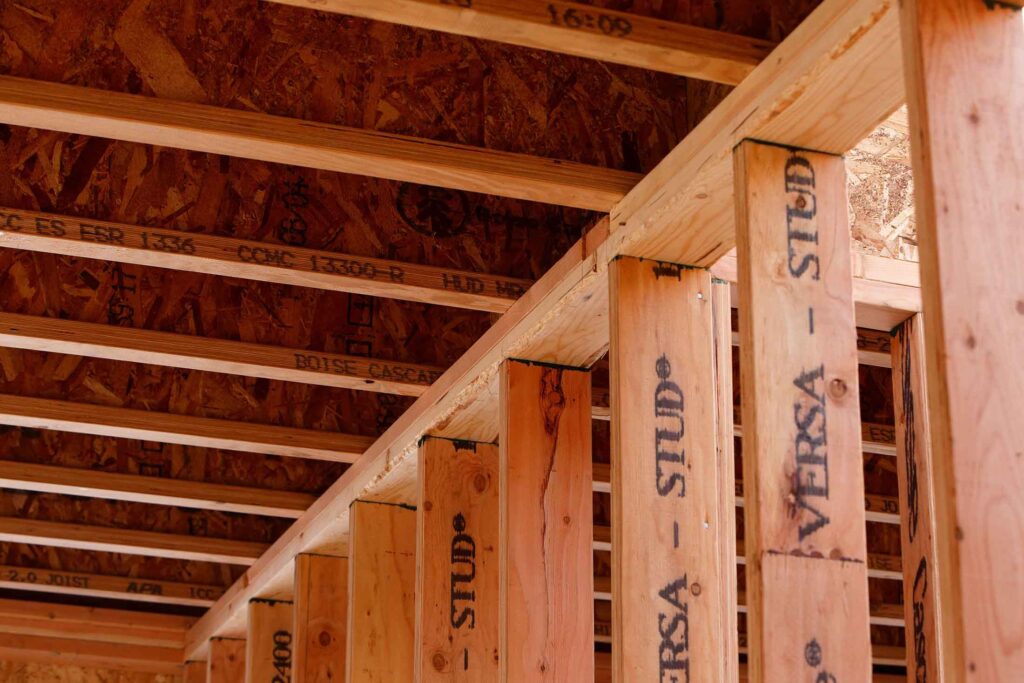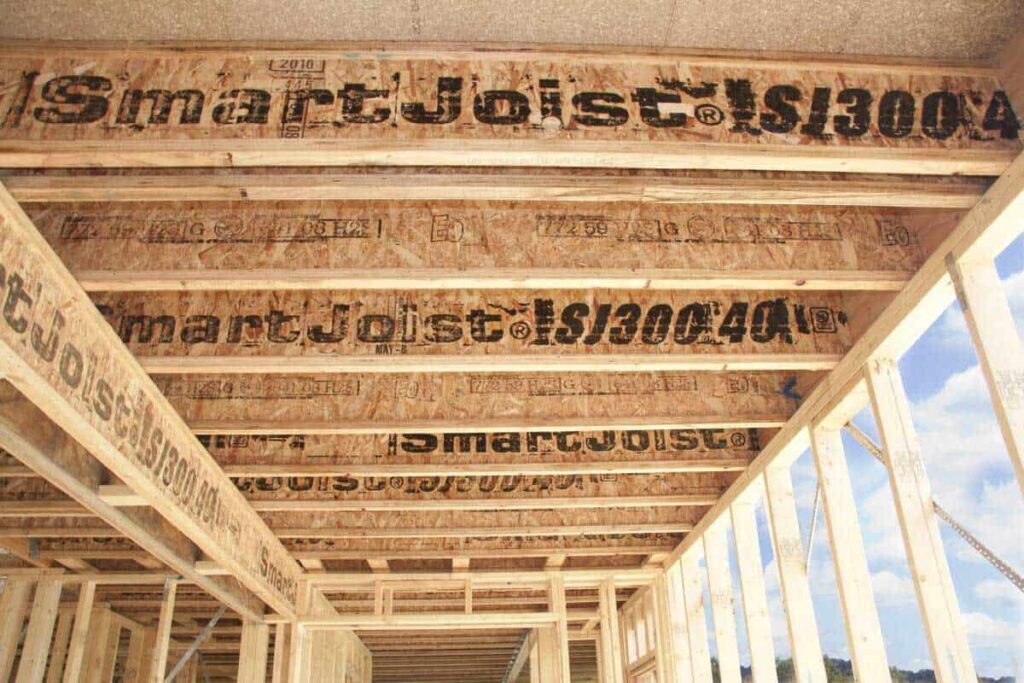When embarking on a construction or renovation project, selecting the right materials is crucial for ensuring structural integrity and longevity. One popular choice among builders and architects is the Laminated Veneer Lumber (LVL) beam. Known for its strength, stability, and versatility, LVL beams are increasingly favoured in both residential and commercial projects. However, before making a purchase, there are several factors to consider that can significantly impact the success of your project.
Understanding LVL Beams
LVL beams are engineered wood products made from layers of thin wood veneers that are glued together under heat and pressure. This manufacturing process results in a beam that is not only strong but also uniform in quality, making it an excellent choice for various applications. The controlled production environment ensures that each beam maintains consistent properties, which is crucial for structural reliability. As a result, LVL beams have become a staple in modern construction, where precision and durability are paramount.
Buy LVL beams for your construction project can provide numerous benefits, including strength, stability, and versatility. However, careful consideration is essential before making a purchase. By understanding the key factors involved, such as load-bearing capacity, dimensions, and local regulations, you can ensure that you select the right LVL beams for your specific needs.
Benefits of LVL Beams
One of the primary advantages of LVL beams is their high strength-to-weight ratio. This means that they can support heavy loads while remaining relatively lightweight, making them easier to handle and install. Additionally, LVL beams are less prone to warping, splitting, or shrinking compared to traditional solid wood beams, ensuring a more stable structure over time. This stability is particularly beneficial in regions with fluctuating humidity and temperature, where traditional wood might be susceptible to dimensional changes.
Another benefit is their versatility. LVL beams can be used in a variety of applications, including floor joists, roof beams, and even as support for large openings in walls. Their adaptability makes them a popular choice for builders looking to create open spaces without compromising structural integrity. Furthermore, LVL beams can be easily customised to meet specific project requirements, allowing for tailored solutions that enhance both functionality and aesthetics in architectural designs.

Common Applications
LVL beams are commonly used in residential construction for supporting floors and roofs, particularly in areas where large spans are required. They are also utilised in commercial buildings for similar purposes, often serving as critical structural elements in multi-storey developments. Their ability to bear significant loads makes them ideal for projects that require open layouts, such as modern homes and office spaces. In addition to these applications, LVL beams are increasingly being employed in the construction of bridges and other infrastructure projects, where their strength and lightweight characteristics contribute to both safety and efficiency.
Moreover, the use of LVL beams is not limited to structural applications; they are also favoured in decorative elements, such as exposed beams in interior design. This trend has gained popularity in recent years, as homeowners and architects alike seek to combine functionality with aesthetic appeal. The natural wood finish of LVL beams can add warmth and character to a space, making them an excellent choice for both contemporary and traditional designs. Their ability to be stained or painted further enhances their versatility, allowing for a seamless integration into various design schemes.
Learn more on: Why LVL Construction Is the Future of Durable Formwork
Factors to Consider Before Purchase
Before purchasing LVL beams, it is essential to consider several factors that can influence your choice. Understanding these elements will help ensure that you select the right beam for your specific project requirements.
Load-Bearing Capacity
One of the most critical aspects to evaluate is the load-bearing capacity of the LVL beam. This refers to the maximum weight the beam can support without compromising its structural integrity. It is vital to consult with a structural engineer or a qualified builder to determine the appropriate load requirements for your project.
Different LVL beams have varying load capacities based on their size, thickness, and the type of wood used in their construction. Make sure to select a beam that not only meets but exceeds the calculated load requirements to ensure safety and durability.
Dimensions and Size
LVL beams come in various sizes and dimensions, which can affect their performance and suitability for your project. When selecting a beam, consider the span it needs to cover, as well as the overall design of the structure. Longer spans may require deeper beams to maintain structural integrity.
Additionally, the width of the beam can impact its load-bearing capacity. It is advisable to work with a professional to determine the optimal dimensions for your specific application, ensuring that the chosen beam will adequately support the intended loads. Read more about dimensions on https://pubmed.ncbi.nlm.nih.gov/11111898/
Building Codes and Regulations
Before finalising your purchase, it is essential to be aware of local building codes and regulations. Different regions may have specific requirements regarding the use of LVL beams, including minimum standards for load capacity and installation practices. Compliance with these regulations is crucial for ensuring the safety and legality of your project.
Consulting with local authorities or a knowledgeable contractor can help you navigate these requirements, ensuring that your project adheres to all necessary guidelines.
Cost Considerations
The cost of LVL beams can vary significantly based on several factors, including size, manufacturer, and local market conditions. While it may be tempting to opt for the cheapest option available, it is essential to consider the long-term value and performance of the beam.

Initial Costs vs. Long-Term Value
While the initial cost of an LVL beam may seem high compared to traditional timber, it is important to consider the long-term benefits. LVL beams typically have a longer lifespan and require less maintenance, which can offset the initial investment over time. Additionally, their strength and stability can reduce the need for additional support structures, potentially lowering overall construction costs.
It is advisable to obtain quotes from multiple suppliers to ensure you are getting a fair price. However, be cautious of extremely low-priced options, as they may compromise on quality and performance.
Supplier Reputation
Choosing a reputable supplier is crucial when purchasing LVL beams. A reliable supplier will provide high-quality products that meet industry standards and offer support throughout the purchasing process. Look for suppliers with positive customer reviews and a proven track record in the industry.
Additionally, consider suppliers who offer warranties or guarantees on their products. This can provide peace of mind, knowing that you are covered in case of any defects or issues with the beams.
Installation Considerations
Installing LVL beams requires careful planning and execution. Proper installation is critical for ensuring the structural integrity of the project. Here are some key considerations to keep in mind during the installation process.
Professional Installation
While DIY enthusiasts may be tempted to install LVL beams themselves, it is often advisable to hire a professional contractor for this task. Experienced builders will have the necessary skills and knowledge to ensure that the beams are installed correctly, adhering to all safety standards and building codes.
Furthermore, professionals can help identify any potential issues during the installation process, ensuring that the beams are properly supported and aligned for optimal performance.
Tools and Equipment
Installing LVL beams requires specific tools and equipment, including cranes or hoists for lifting heavy beams into place. Ensure that you have access to the appropriate tools or hire professionals who do. Using the right equipment will not only make the installation process more efficient but also safer. To learn more about equipment click here.
Additionally, ensure that the worksite is adequately prepared before installation. This may involve clearing the area, ensuring proper access for equipment, and verifying that all necessary permits and inspections are in place.
Maintenance and Care
Once installed, LVL beams require minimal maintenance compared to traditional timber. However, it is still essential to monitor their condition and address any potential issues promptly.
Regular Inspections
Conducting regular inspections of the LVL beams can help identify any signs of damage or wear. Look for signs of moisture, warping, or cracking, as these can indicate potential problems. If any issues are detected, it is advisable to consult with a professional to determine the best course of action.
Additionally, ensure that the beams are not exposed to excessive moisture or humidity, as this can compromise their integrity over time. Proper ventilation and moisture control are essential for maintaining the longevity of LVL beams.
Addressing Damage Promptly
If any damage is discovered during inspections, it is crucial to address it promptly. Minor issues can often be repaired without significant disruption, but neglecting to address problems can lead to more severe structural issues down the line.
Consulting with a professional contractor can provide guidance on the best repair methods and ensure that the beams remain safe and functional for years to come.
Conclusion
Additionally, considering the cost implications, choosing a reputable supplier, and ensuring proper installation will contribute to the overall success of your project. With the right approach, LVL beams can serve as a reliable foundation for your construction endeavours, providing peace of mind and long-lasting performance.

